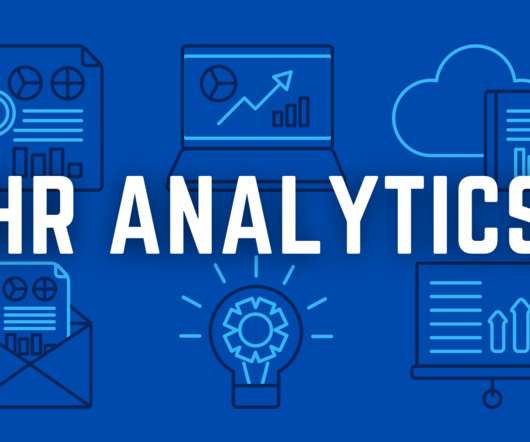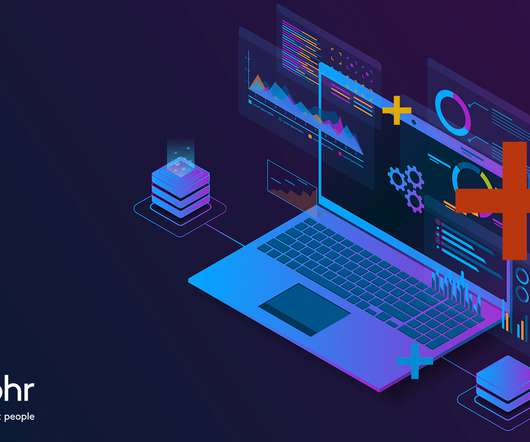HR Analytics: What do Data & Reporting Mean for Human Resources?
Netchex HR Blog
NOVEMBER 28, 2022
Some KPI’s need to be calculated from multiple data points, like “time to hire” and “offer acceptance rate.” How many new hires stay longer than 1 year? Performance Management. Exactly how much does performance vary between individual employees? Learning Management. Reporting (Results).


































Let's personalize your content